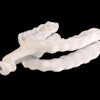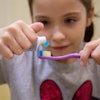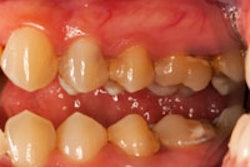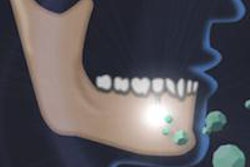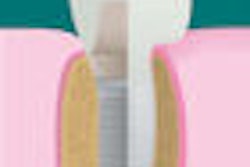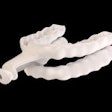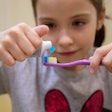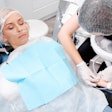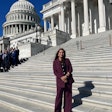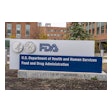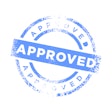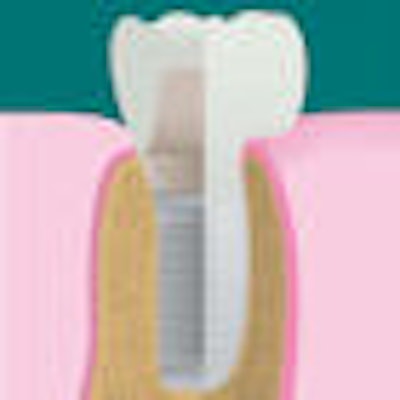
A California start-up company is working to leave its mark on dental implant technology with a new type of titanium implant that could expand the market by making it usable in patients with medical conditions that undermine their ability to support dental implants.
Nasseo, founded in April by two University of California, San Diego (UCSD) graduates to develop novel surface-modification technologies to address dental and orthopedic implant failures, recently won top prize in UCSD's Entrepreneur Challenge, where they competed against other seed-stage start-ups for a $57,000 award of cash and professional services.
While the company declined to provide many details about its proprietary technology, "It's all about osseointegration," Kayvon Pourmirzaie, chief operating officer of Nasseo, who graduated from UCSD's bioengineering program and the University of San Diego School of Law, told DrBicuspid.com. "In the titanium dental implant we're developing, our surface-modification process creates these titanium tubule structures on the surface of the implant. What these structures are doing is essentially altering the surface on a molecular level to provide stronger bone-to-implant bonding and lower inflammatory responses."
“It's all about osseointegration.”
— Kayvon Pourmirzaie, chief operating officer, Nasseo
Pourmirzaie founded the company with CEO Garrett Cale Smith, PhD, a friend of six years whom he met when they were both undergraduates. Smith developed the proprietary surface-bonding technology in the lab of Sungho Jin, PhD, a professor in UCSD's department of mechanical and aerospace engineering, in collaboration with Lars-Magnus Bjursten, MD, PhD, of Lund University in Sweden. He has a long-held interest in implant biomaterials, Pourmirzaie explained.
"Orthopedics are critical in bioengineering," he said. "Garrett got in the lab and was working on the technology for five or six years before he graduated."
Getting off the ground
Nasseo is addressing "a large and unmet need in dentistry," Smith stated in an email to DrBicuspid.com. "Many patients with poor blood circulation and weaker bone, such as diabetics and smokers, are not good candidates for dental implants. Nasseo's novel surface-modification technology is poised to help these patients undergo dental implant procedures and improve their quality of life."
Pourmirzaie agreed. "At the core, we're really excited to reach an untapped demographic and help out the folks who simply don't have the option of getting implants."
Large goals are supported by a small roster, which the founders intend to grow. "It's a true start-up in every sense," Pourmirzaie said. "Just the two of us grinding away, along with two scientific advisors."
The company has begun to navigate the difficult requirements to bring its product to the market. Its victory in June at the Entrepreneur Challenge has helped validate its efforts.
"The award has been huge from a momentum standpoint," Pourmirzaie said. "It's enabled us to push forward with the submission and filing aspects of the regulatory process."
Their business plan beat 52 other competitors who developed plans for a variety of technologies, including automated portfolio management technology, cancer therapies, sensor-assisted orthopedic surgery, and even garbage compactors, according to an article at Xconomy. The guidelines stipulated that the teams include a full-time student, postdoctoral trainee, or recent graduate from UCSD, the Salk Institute, Sanford-Burnham Medical Research Institute, the Scripps Research Institute, or UCSD's Scripps Institution of Oceanography. Start-ups that have raised $250,000 or more were ineligible.
Nasseo also won the Entrepreneur Challenge Executive Summary Competition. "We're the only team that has done that in the same year," Pourmirzaie noted.
With its prize in the bank, the nascent company is pushing forward. Nasseo has been selected as a presenter at Northrop Grumman's World's Best Technology Showcase to be held this October in San Diego. Up to 100 presenters, who have been screened by a panel of seed investors, venture capitalists, and corporate licensing executives, have six minutes to describe why their concept should earn funding that is awarded at the end of the event.


